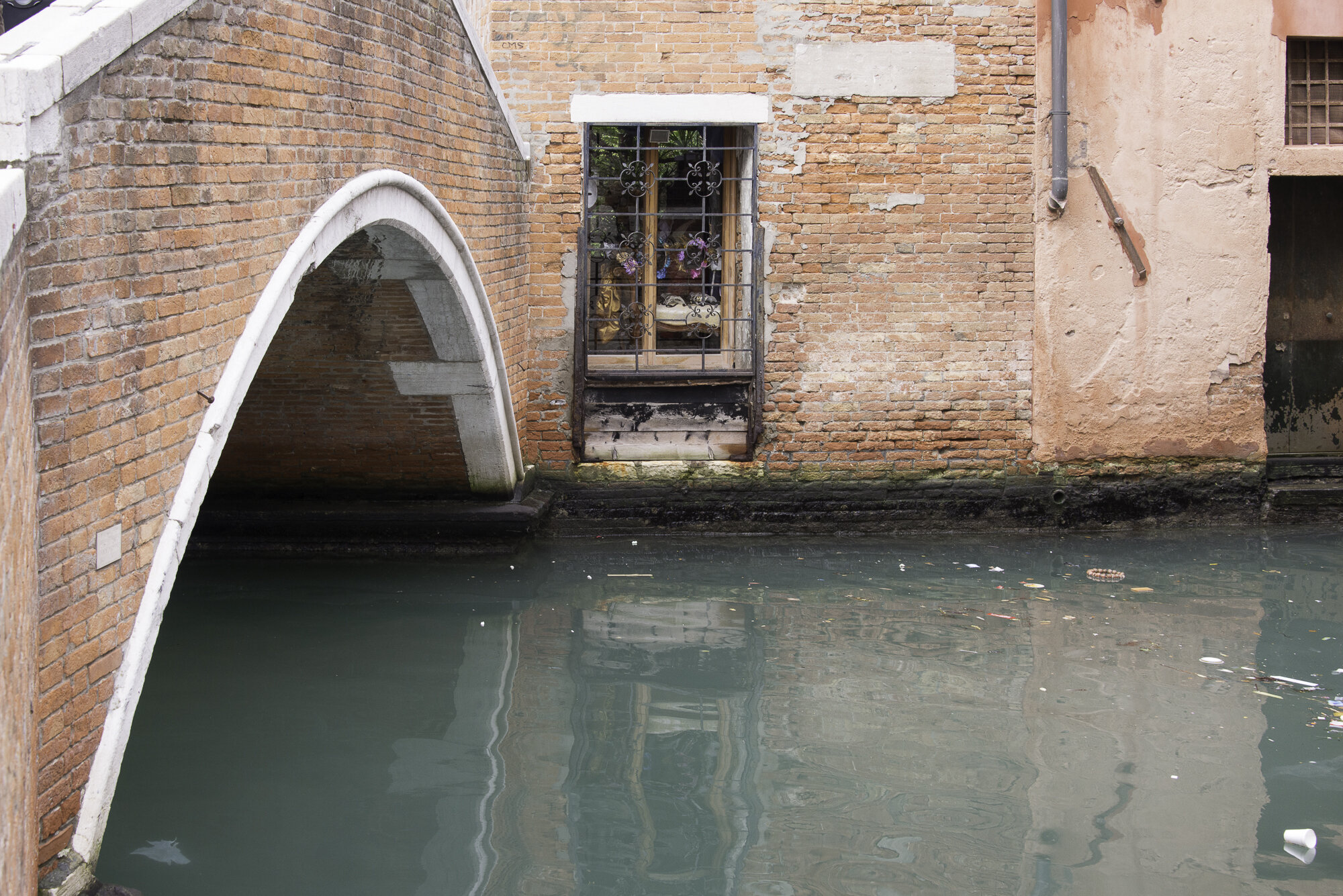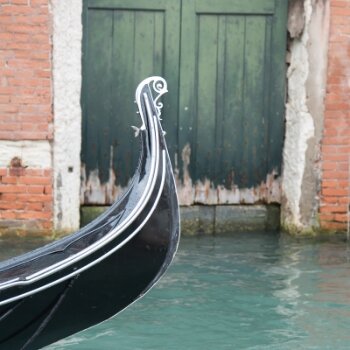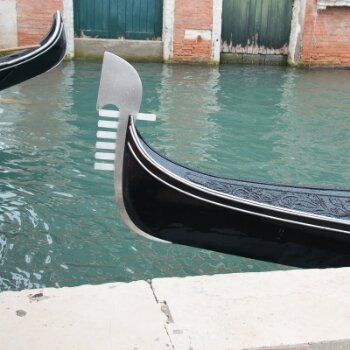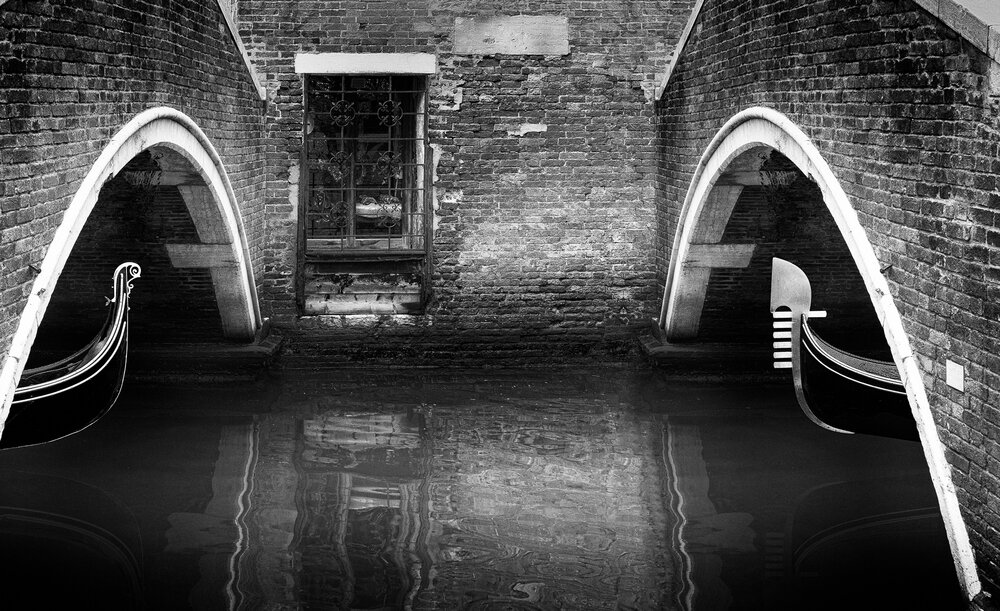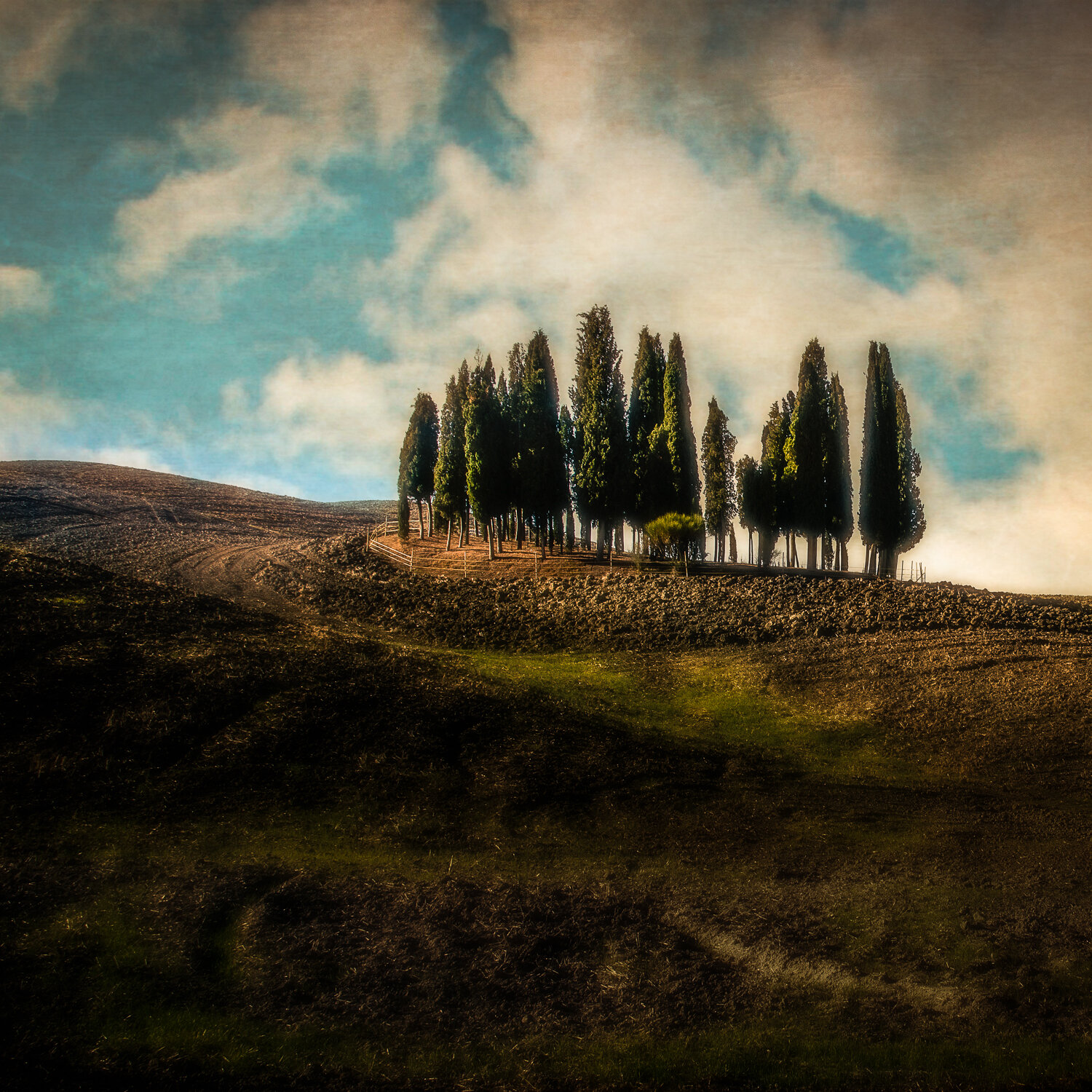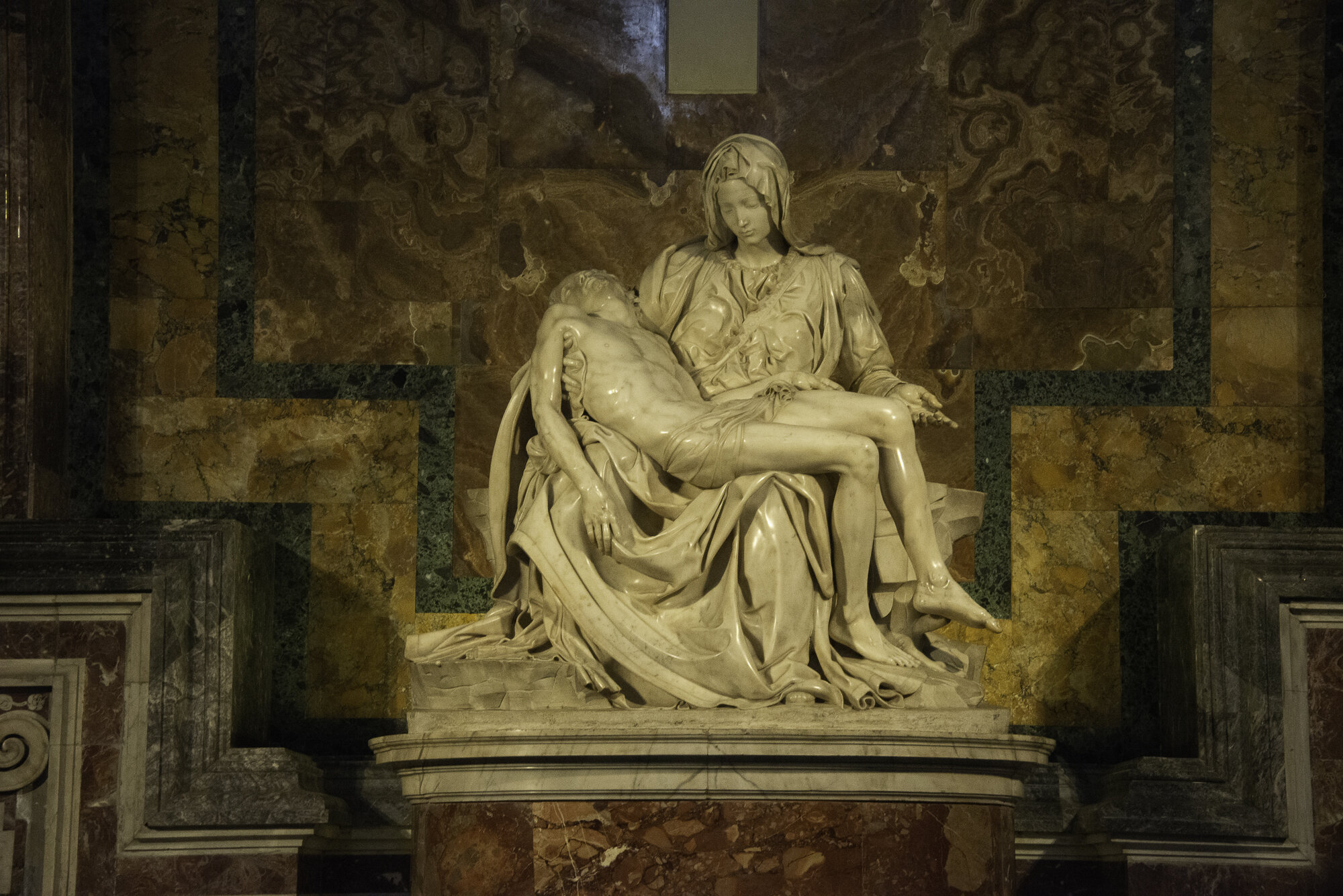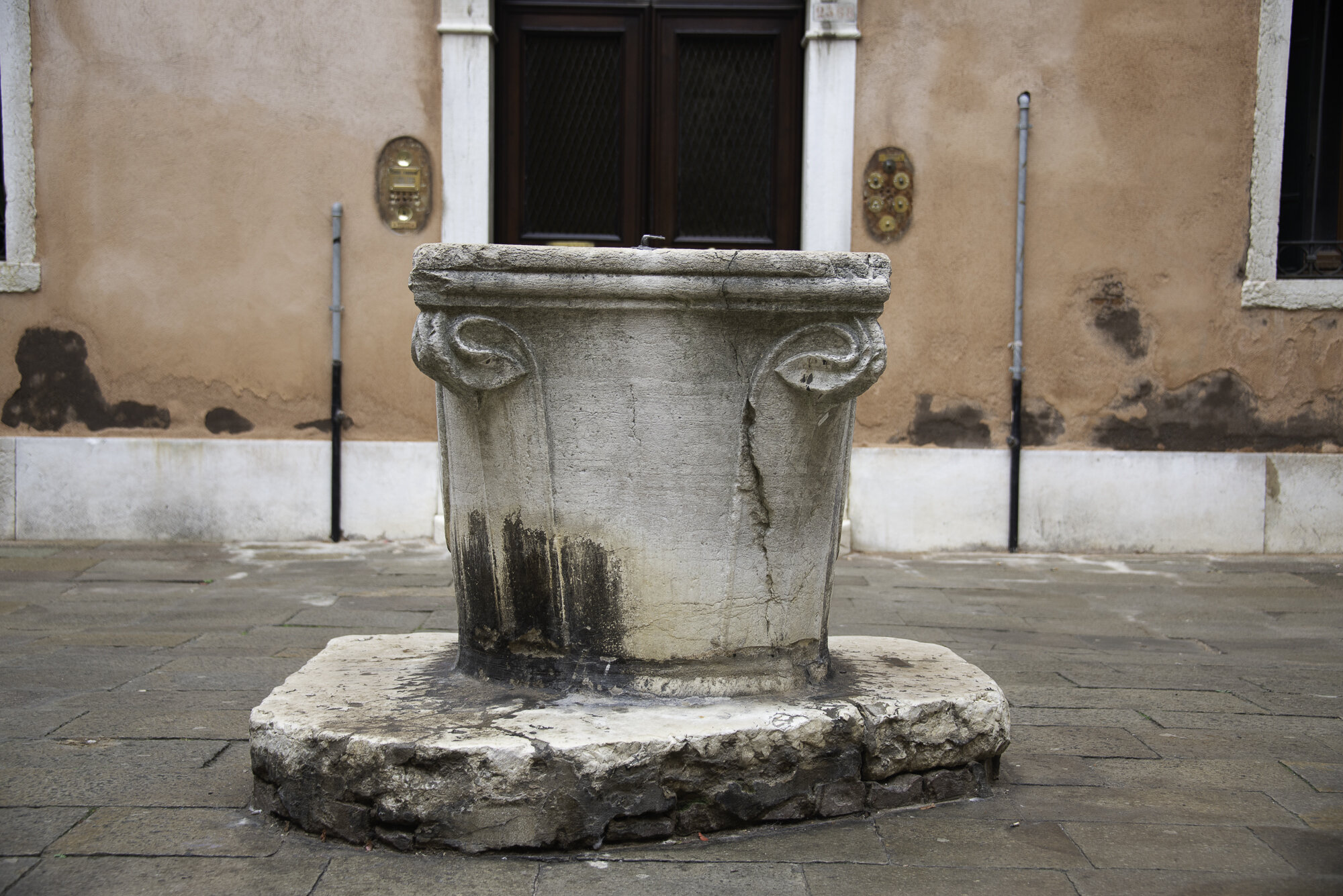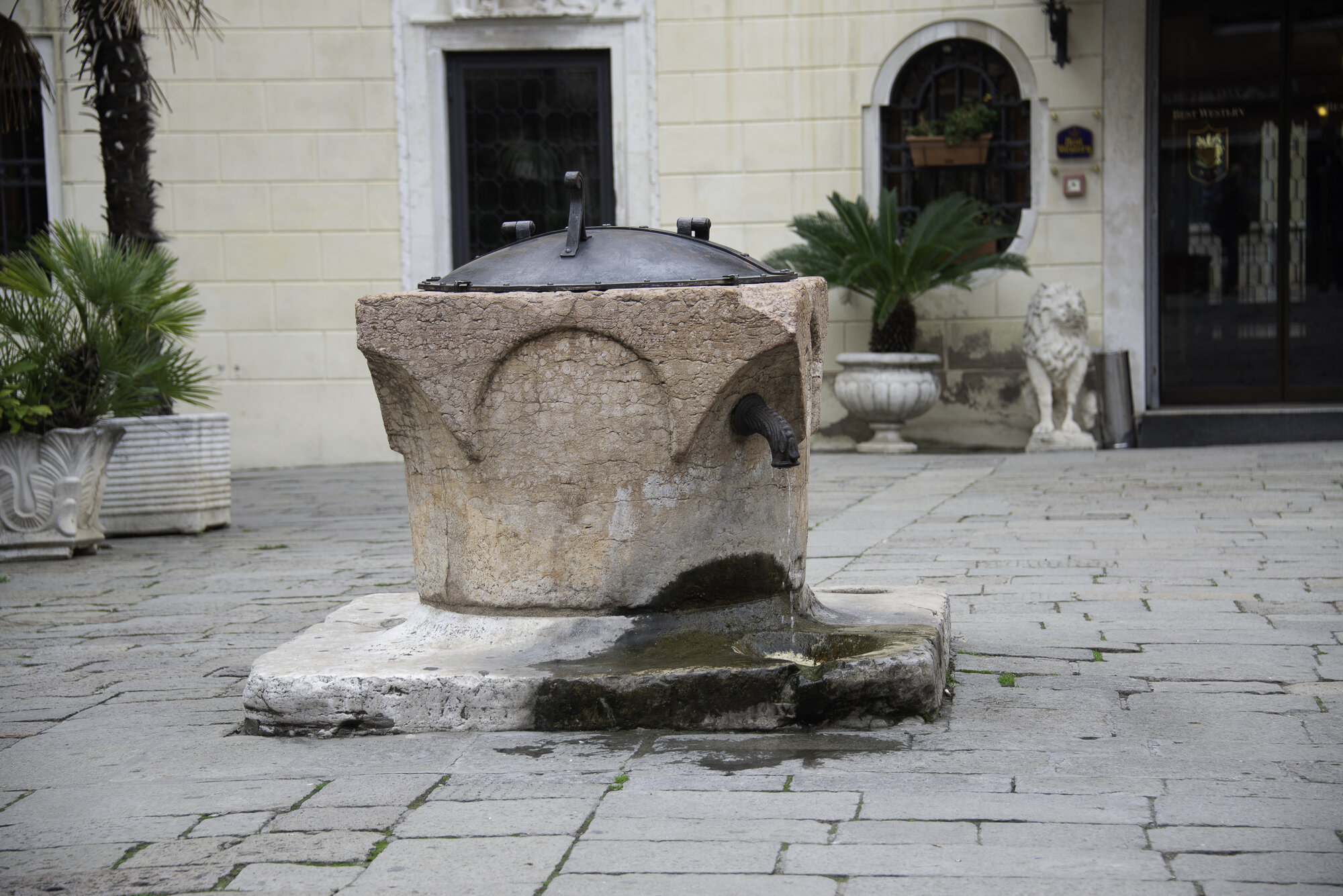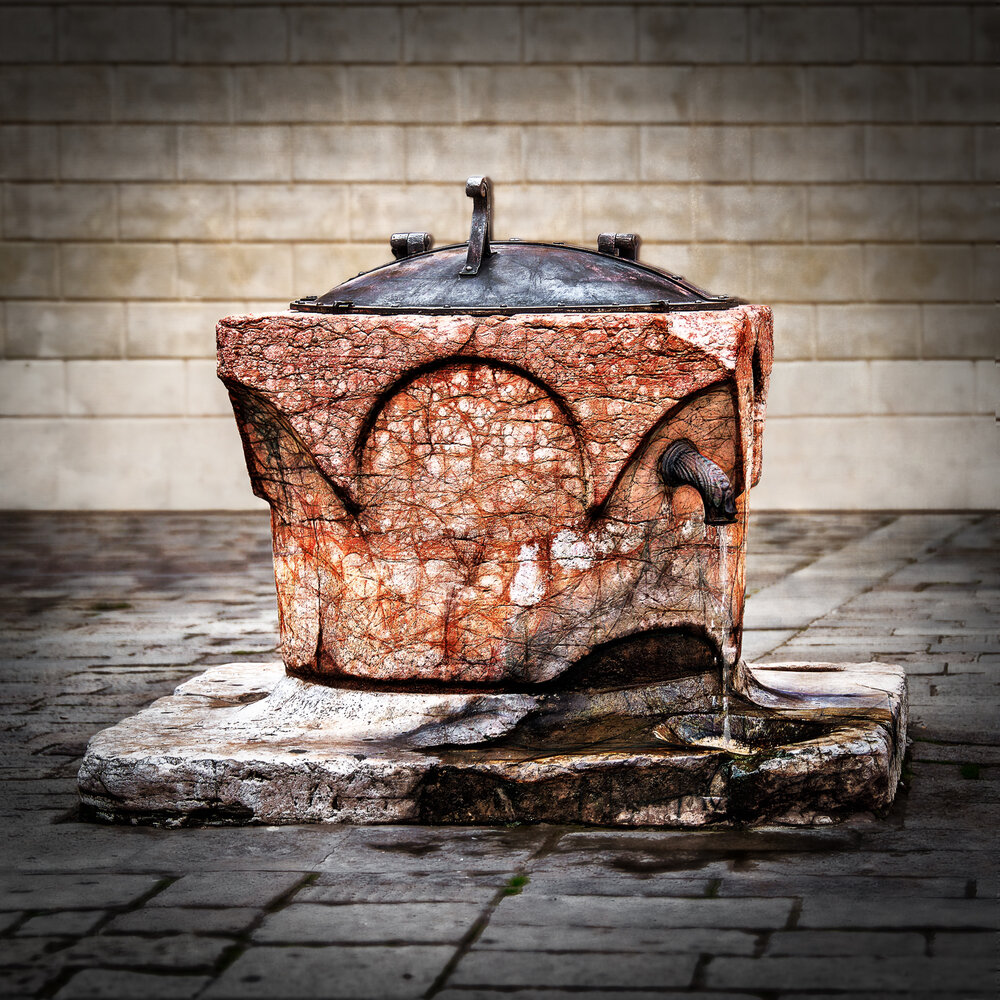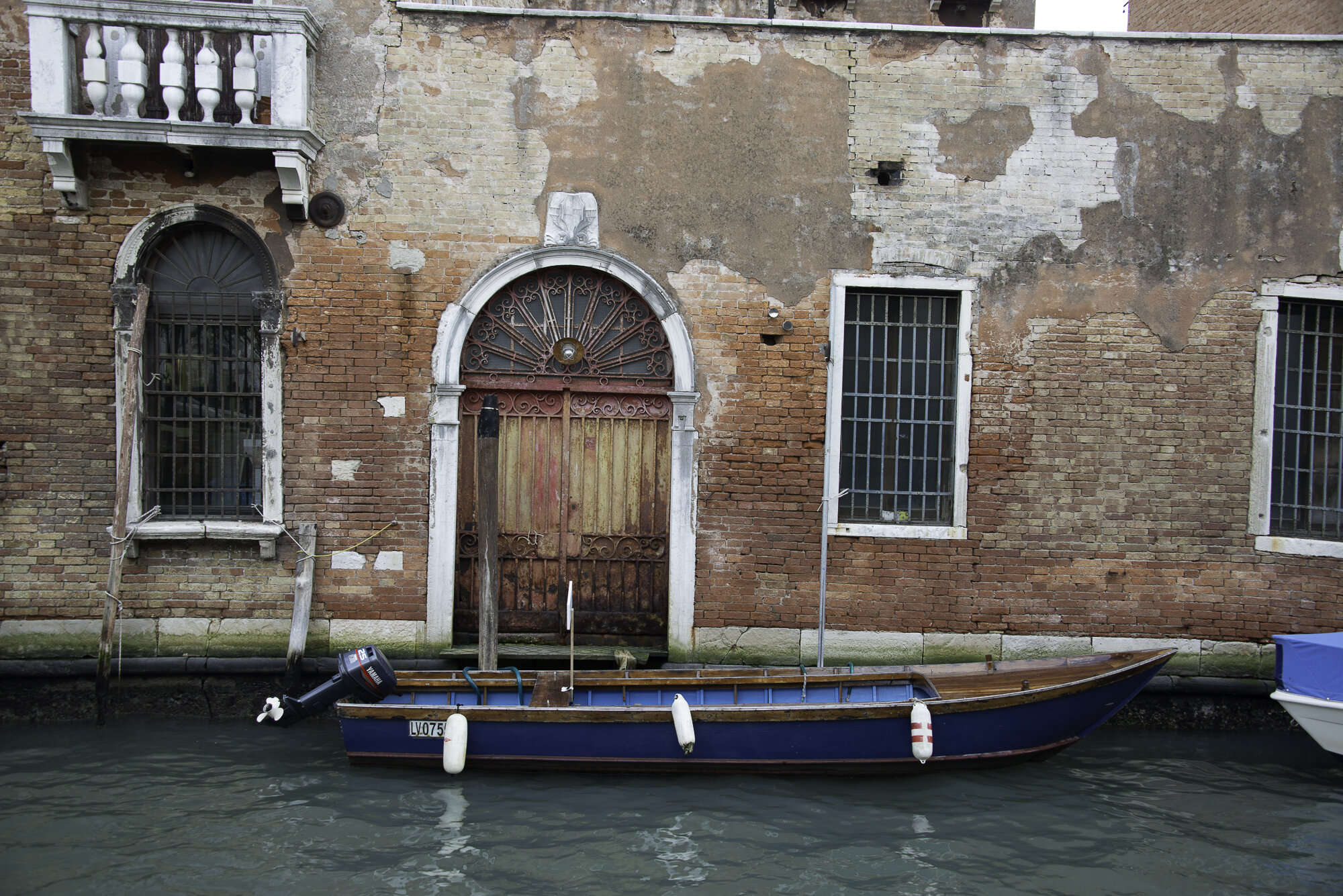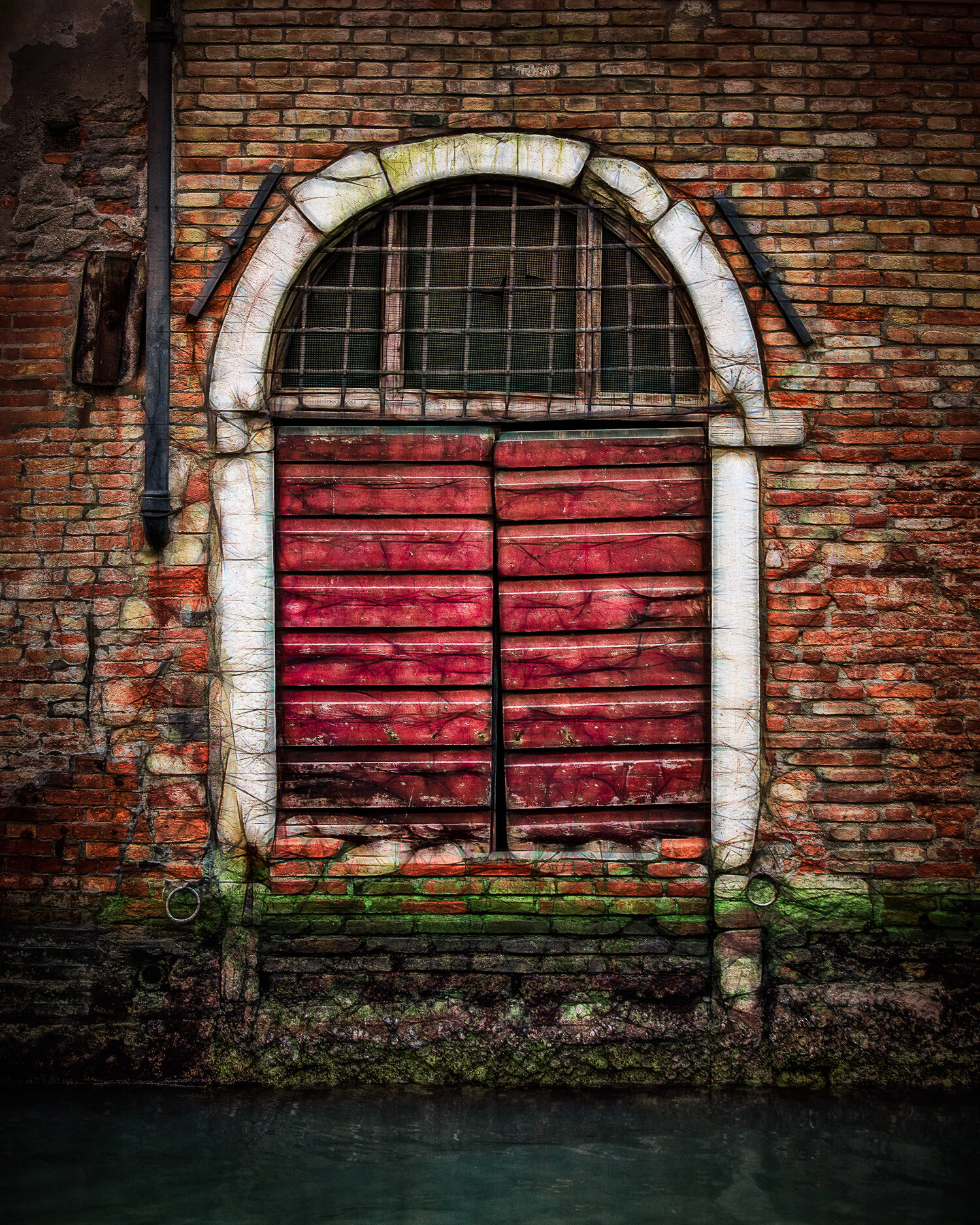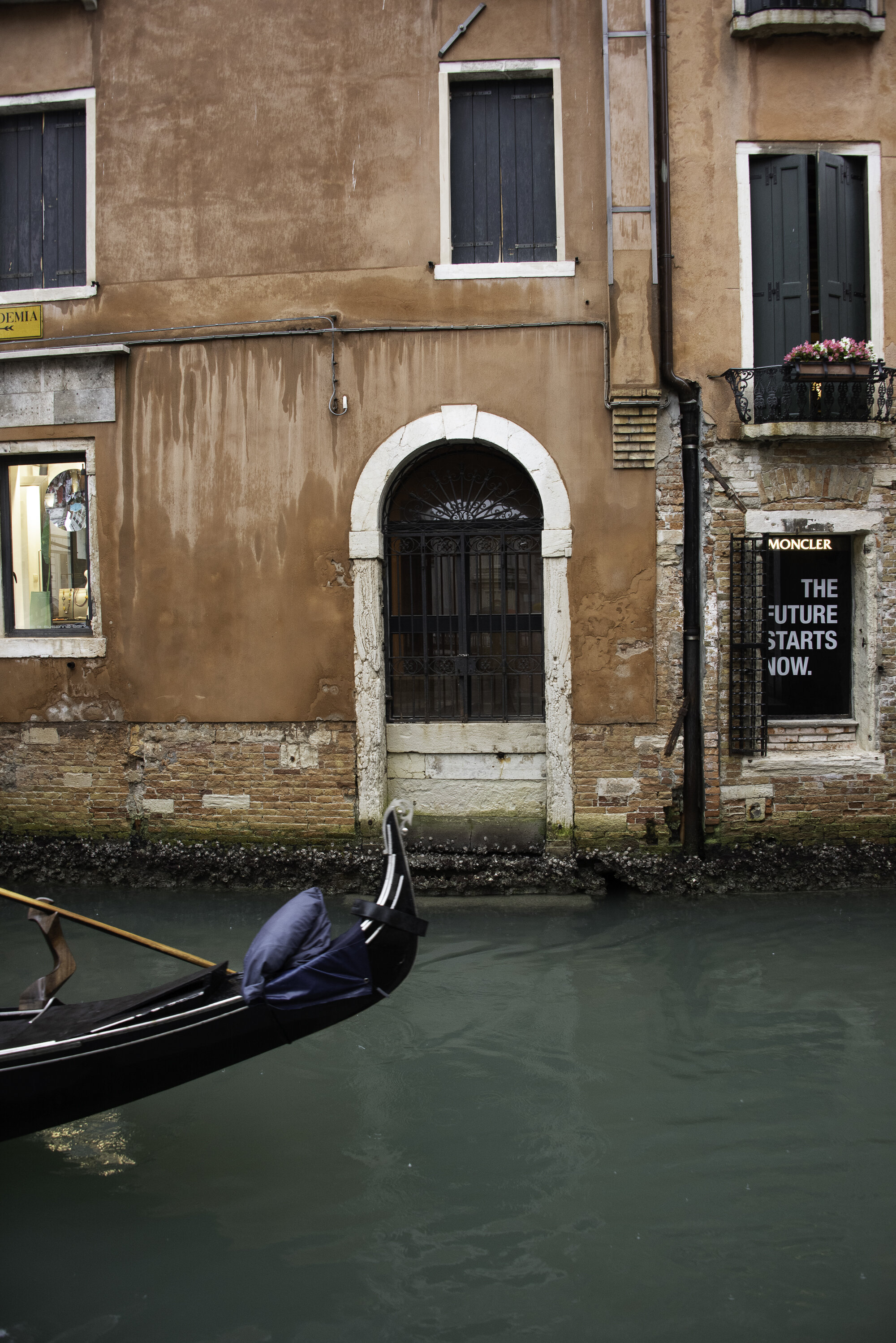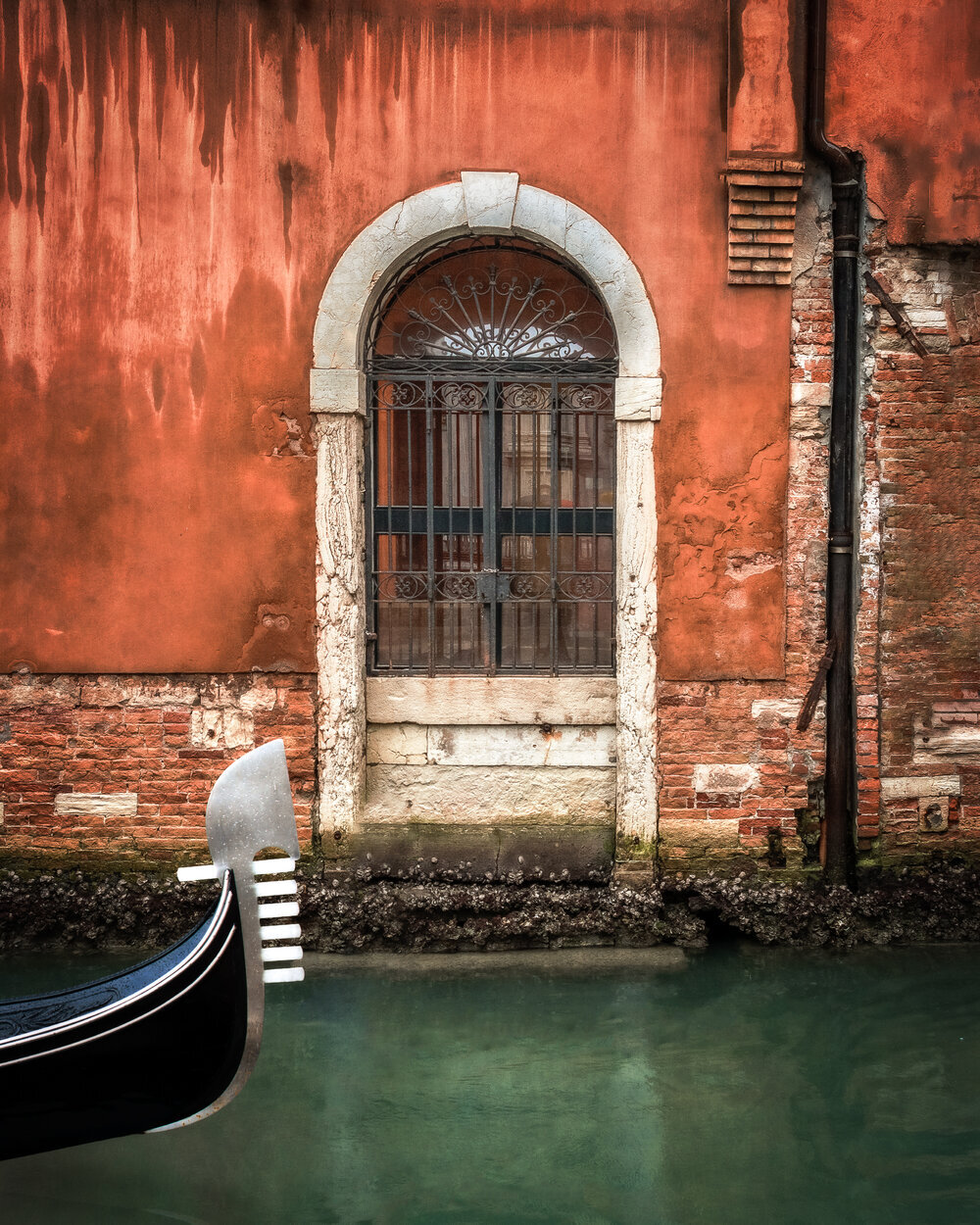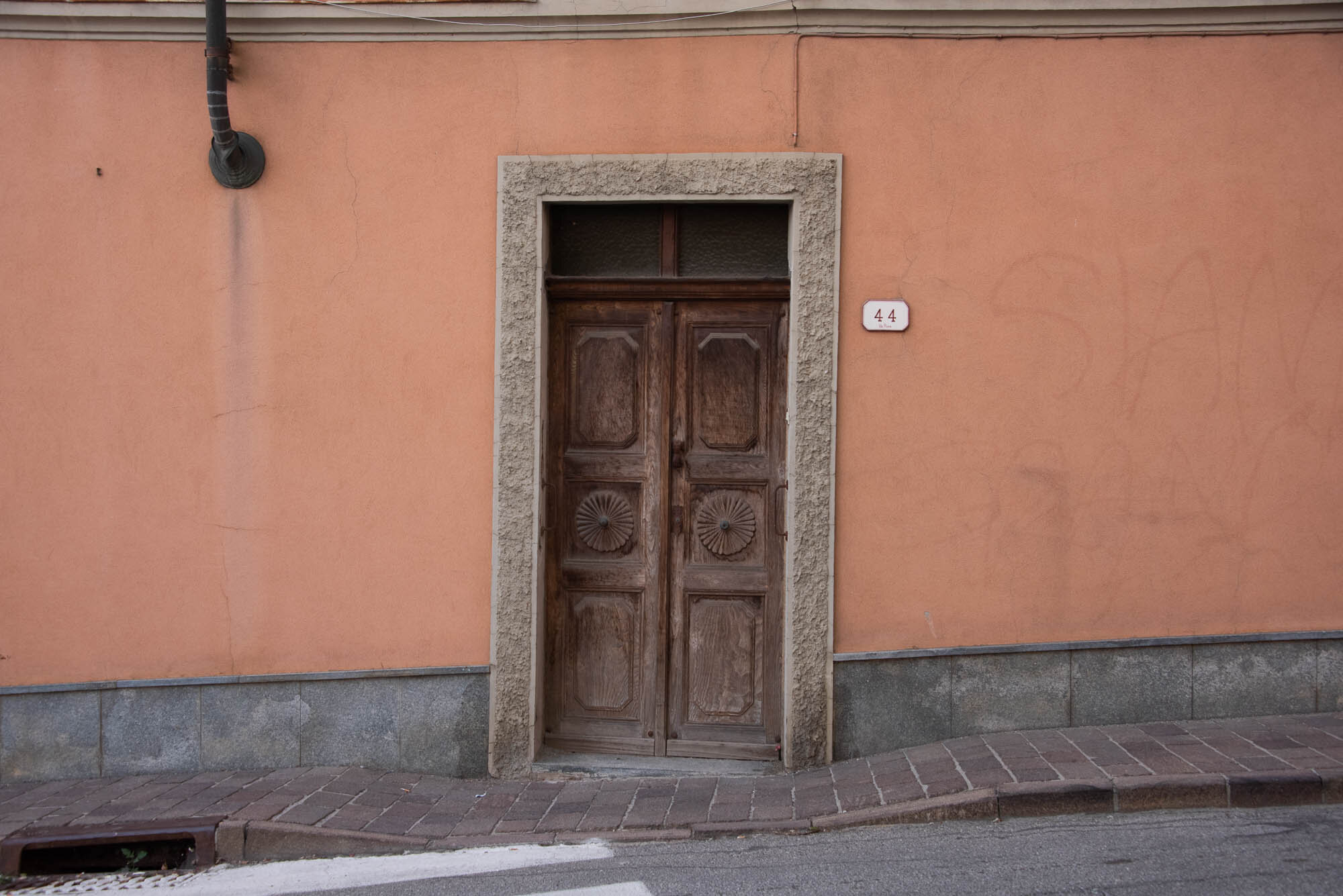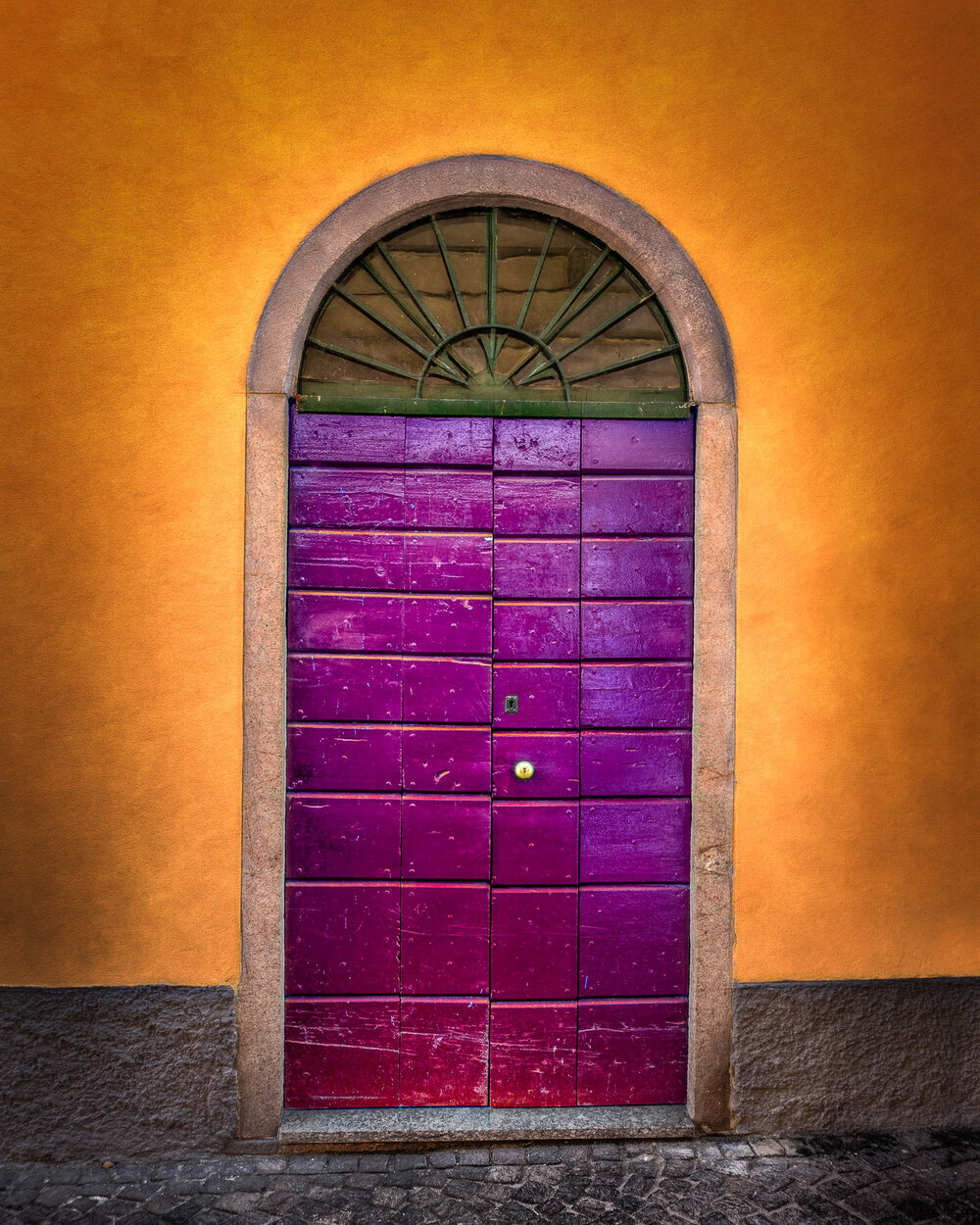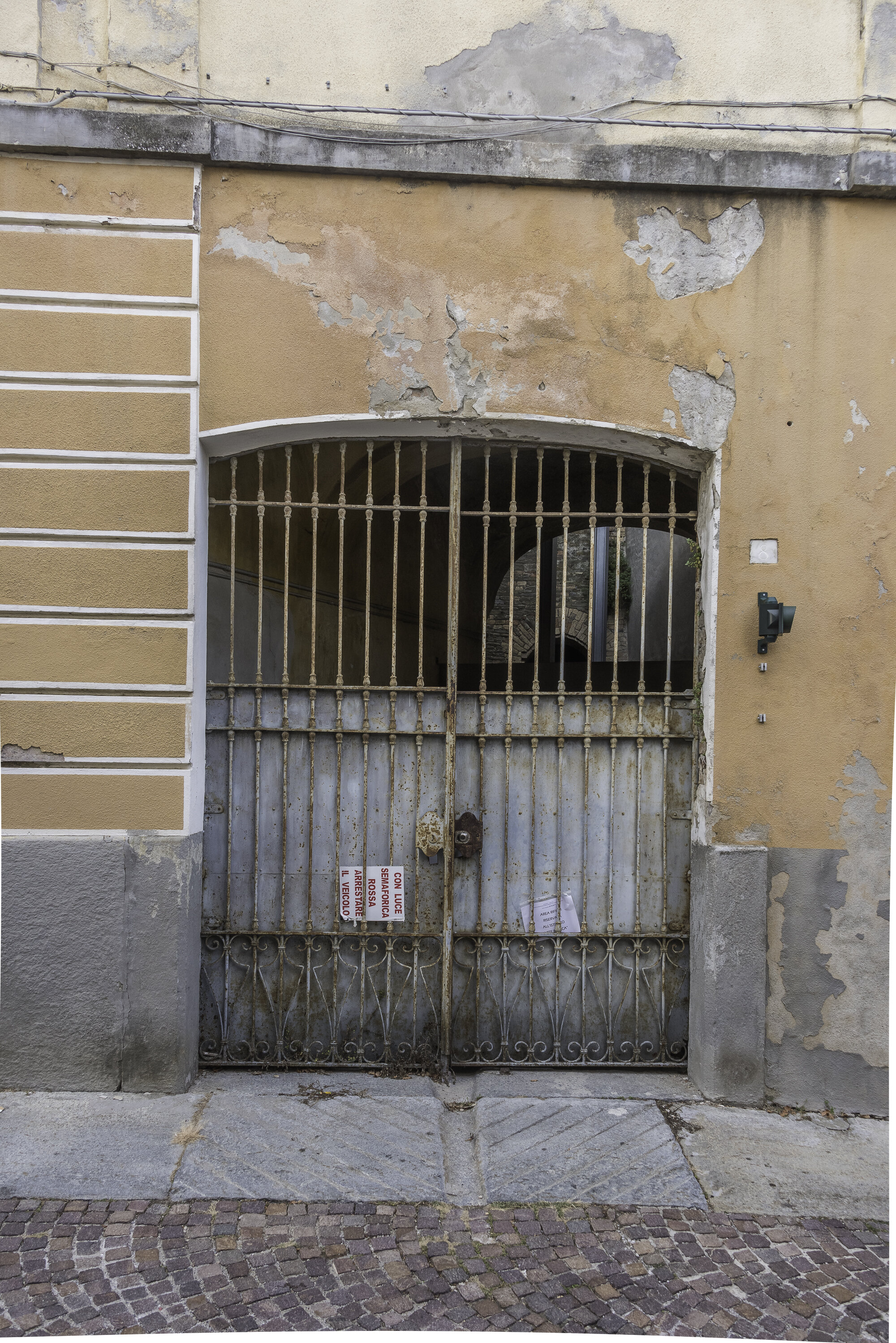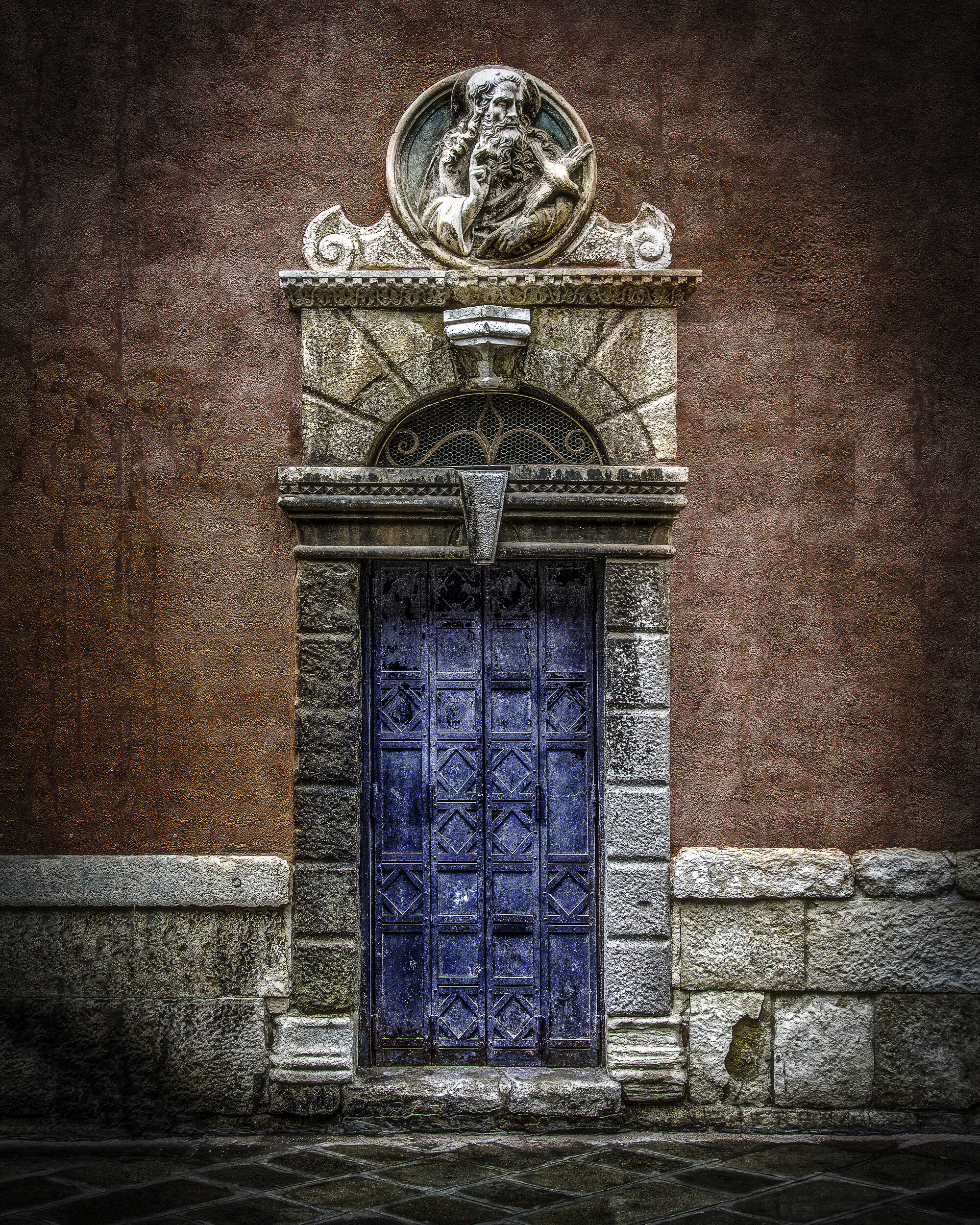Garnering a Sense of Accomplishment
Have you ever looked back at something that you had accomplished and thought, “I can’t believe I did that!”? Maybe it was preparing a particularly complicated Italian dish. Perhaps it was a feat of strength or endurance that you had thought to be beyond your abilities. Or, you painted a masterpiece that you had no idea was within you. Or, even more daring, perhaps you took a huge leap of faith, moved to Italy, and created a fabulous wine empire…right?
“I was recently looking over my transformations, and I thought, ‘Wow! I did that!’.”
Whatever it might be, there is often something that stretches you beyond your comfort zone to do that which, when accomplished, gives you a sense of pride. And with that pride, you have a sense of satisfaction and even awe that you did it.
Transformations Generated Thus Far
Today, I want to share with you my own recent sense of accomplishment. One that encourages me to keep going with my photography. You’ve seen the various transformations that I’ve performed over the past 6 years. I was recently looking over those transformations, and I thought, ‘Wow! I did that!’. And, as I looked back, I was a bit self-impressed in what I had done. So, I thought I’d just share with you a retrospective of transformations.
Below, I give you both the very raw snapshot with which I started, as well as the completed photo . And as usual, you can click on any image to get a larger view. Each subject is presented from oldest published, to the more recent publications. And, if you want to know more about the circumstance surrounding a photograph, just click on the dated title of the transformation (and you can access all of the transformations from the Index of Articles).
Enjoy.
June 16, 2015 — Serendipity, Stakeouts & Targeting - Part 2
A transformation by assembling a composite of various elements.
September 1, 2015 — Transforming the Copse
One original with three variations of transformation.
September 15, 2015 — Transforming the Pieta
Simply transforming a snapshot of a glass-encased masterpiece, complete with reflections.
October 6, 2015 — Transforming the Bee Fountain
The subject: a 17th century street-side sculpture by Bernini.
October 13, 2015 — Securing Your Haven
This door has a plethora of locking mechanisms installed.
October 27, 2015 — Transforming L’Uomo Della Pizza
Just what is that pizza man thinking?
November 3, 2015 — Transforming A Sunken Door
Seems to be an ill-conceived doorway, just welcoming high water in Venice to enter the premises.
November 30, 2015 — Transforming the Cathedral of San Andreas
What does this church in Amalfi, with its breathtaking mosaic front, have to do with Scotland?
February 9, 2016 — Transforming the Punta della Dogana
This is the point where the Grand Canal of Venice joins the Bacino San Marco (St Mark’s Basin), with Santa Maria della Salute sitting proud.
March 1, 2016 — Transforming the Pozzi
Many years ago, these water wells were Venice’s source of fresh drinking water, collected during rainfalls.
March 8, 2016 — Transforming a Blue Boat
A blue boat with modern motor and an unbalance scene due to a single balcony…all resolved.
March 29, 2016 — Iron-Bar Windows
Each of the windows along three sides of the campo-level of this building has a uniquely patterned iron-barred window. I’ve compiled them into on collage.
August 30, 2016 — Rome Tunnel Composite
I saw the car on a street and envisioned putting it into a Roman tunnel. Done!
January 24, 2017 — Transforming a Corte
Yes, the basketball hoop was there…no, the basketball wasn’t.
February 25, 2020 — Transforming an Abandoned Water Gate
I removed a gondola, and inserted a gondola.
March 17, 2020 — Transforming a Venetian Glassblower’s Door
Gas lines abound in this Murano-based glass factory.
March 31, 2020 — Transforming the Courtyard of the Blacksmith
A very small portion of the original photo is featured in this Murano canal-side scene.
August 25, 2020 — Transforming with a Flip-Flop
I envisioned symmetry…I got symmetry.
September 29, 2020 — A Transformation with Substantial Alteration
This was delicate work, as the brickwork was crumbling before my very eyes.
February 2, 2021 — A Promised Transformation
We saw this door desperately needing transformation on our quiet walk through Dorsoduro, remember?
March 9, 2021 — Head On!
Like the very first transformation above, here is a composite of separate images.
April 6, 2021 — Haiku on a Blue Door
Thanks to Connie for the Haiku, which inspired publication of this transformation.
May 11, 2021 — Lamplight on a Blue Door
A lonely, unplugged lamp just sitting/standing there, wanting to cast its light.
I hope that you enjoyed seeing the retrospective of transformations that I’ve published to date. Rest assured that more are on the way and that a future retrospective will be in the offing.
Ciao for now.
Steve

